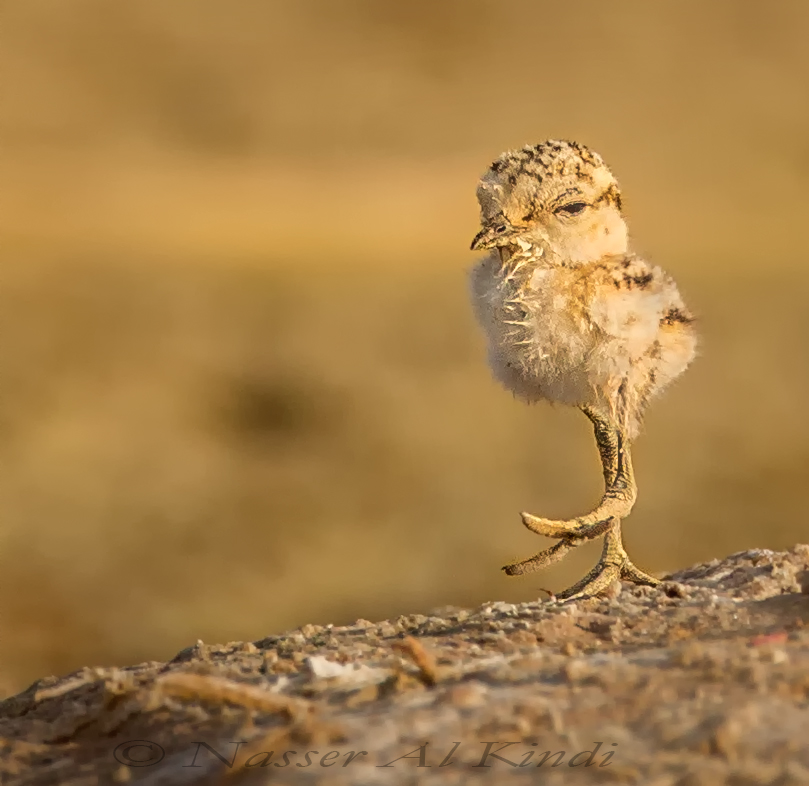
Nasser Al Kindi got hooked to photography while working in an advertising and photography company in Muscat many years ago. After learning the basics, he began to capture images of old houses, doors and locks, before training his eyes on birds.
**media[431183]**
Nasser spent years waiting and observing, with watchful eyes to catch the slightest movement in the wild or with sharpened ears to pick up even a faint chirping sound from behind the trees or bushes. And he caught them, with his camera and telephoto lenses, Eurasian hoopoes, bee-eaters, barn owls, pipits, plovers, flycatchers, sunbirds... almost 300 species of birds out of the 527 listed so far in Oman.
The experienced photographer has published his first book on birds, Birds in Oman, which features many photographs with information in Arabic and in English. “It is the result of a journey through time and space, spanning long distances across the Sultanate of Oman,” he said during a freewheeling chat.
**media[431184]**
Did you enjoy bird watching trips in Oman?
I have been to almost every single place in Oman, not just passing by, but observing very carefully. It is a great experience. One of the many good things about bird watching or bird photography (they are separate things though) is that they take you to places perhaps you had never thought of visiting. There are also birding sites across the country where we frequent more often and we get information from other birdwatchers as well. Besides, there are books which tell you about such places. In Muscat we have the Qurum Natural Park, Al Ansab Wetlands, golf clubs, and parks in major hotels. I have photographed 60-65 per cent of the bird types in Oman.
Do you prefer to work alone or as a team?
I do have a lot of friends in the same field from Oman and outside the country. But, I prefer to work alone, because this is something that requires a lot of time. You can work with people having similar interests and my elder brother Salam joins me in many of these trips. He doesn’t take photographs but likes to observe birds. You could be spending a full day for just one bird. Sometimes, we might see many birds, but we are after one particular bird. They say bird photography requires patience and there is a lot of sense in that, but I prefer to think that it requires passion. Many would find this very boring. When I do these things alone, I do them better. I don’t have to worry about the companion and I devote my entire energy to what I am doing.
How can one identify birds?
Actually birds are all around you. You may not notice them if it’s not an interest of yours. You look outside and would say there are a lot of pigeons out there. But among the pigeons there could be other birds. People who become gradually sensitive or attuned to this will start spotting birds. It’s a totally but beautiful interdependent world. They are very smart creatures, who learn their own languages and callings very quickly or learn to fly very quickly.
They are different from each other in behaviour, looks, intake of food and in everything you can imagine. The more you get to know about them, the more interesting they would become. So bird photography is something which you cannot do just with a camera. You should have a great passion and a vast knowledge about birds. You have to read a lot, watch them and have to learn from other birdwatchers or ornithologists.
What is your advice for aspiring bird photographers?
The camera and lenses you own are the best equipment to start with. Don’t go on a shopping spree. You can progress later to better lenses. Start with large shorebirds and learn from the experiences of others. Youtube is a good starting point.
Procuring expensive telephoto lenses are one of the main challenges for bird photographers. The birds are shy, which means you need a telephoto lens to capture them. Many people use zoom lenses, which are good, but not professional lenses.
You need prime lenses with fixed focal length (800mm, 600mm, 500mm, 400mm, 300mm, and so on), though a backup of zoom lenses are advisable for use in certain circumstances.
You use intermediate prime lenses (400mm and 300mm) mainly for birds in flight, for action shots and also when feeders are used to photograph them, which are usually at closer distance.
But a bird feeder is not popular in this part of the world and is mainly practised in countries or regions where there are a lot of birds.
Here, in this arid area, the birds are very shy and are scared of hunters. The moment they hear a human, they fly away. So, you need these prime lenses for which the price starts from OMR4,000 for one lens.
I started with a zoom lens, and reached a level where I could no longer continue with it. I had to get a prime lens. It’s an investment that you have to build up for, it doesn’t happen overnight. You can also buy a secondhand lens but technology is ever changing and other options are made more affordable.
Follow Nasser on Instagram: @nasserkindiphotography